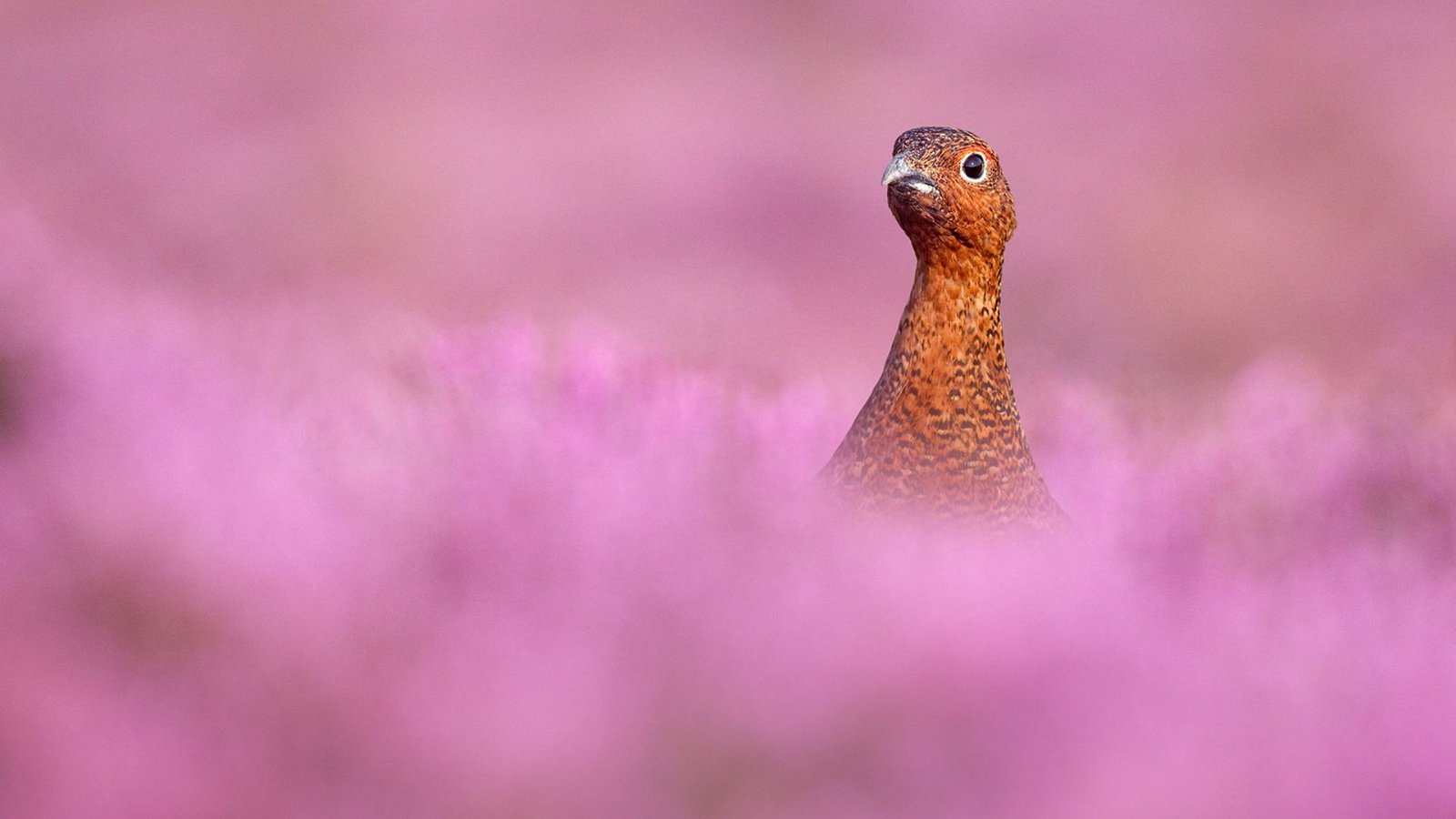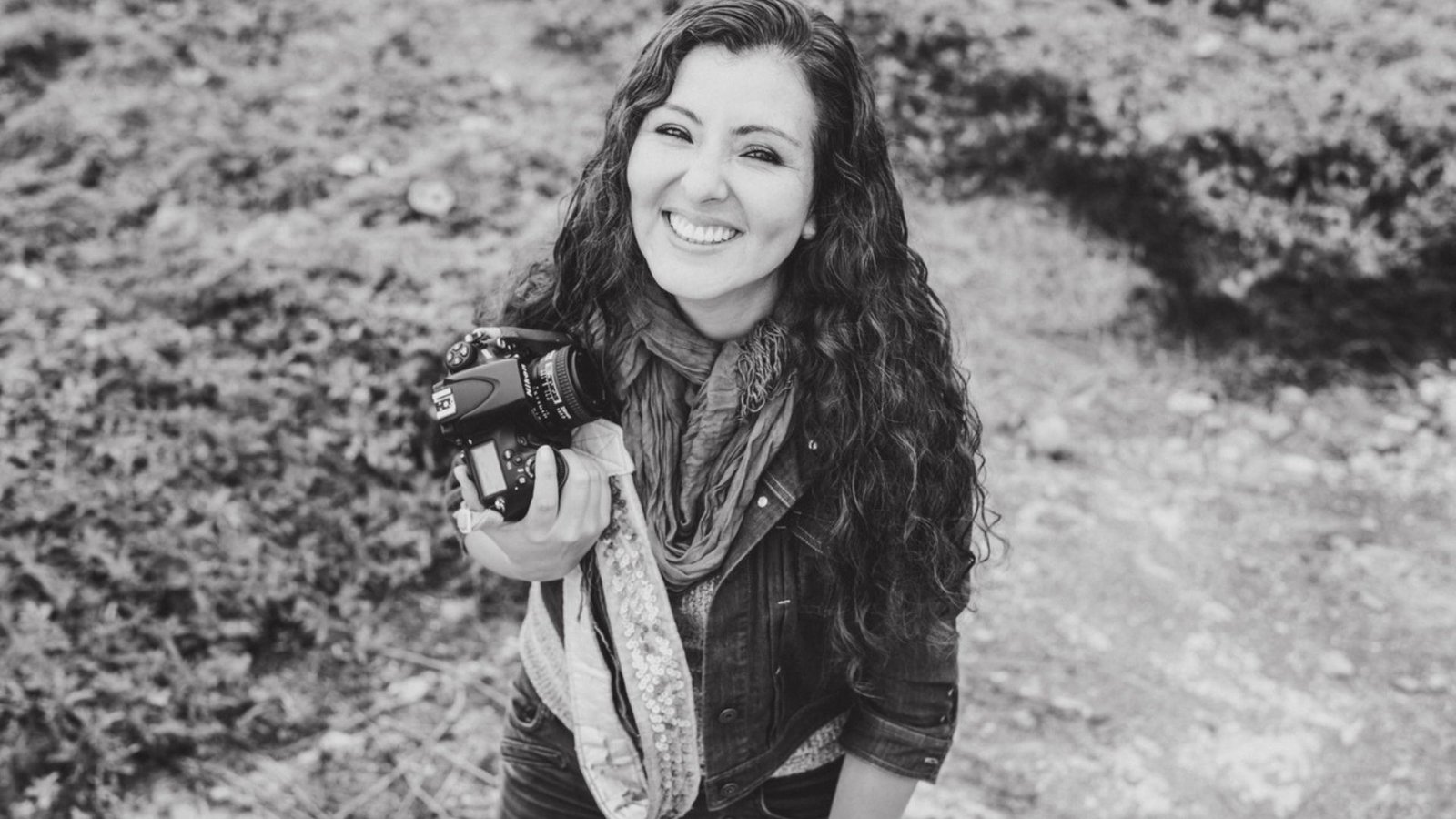Creating a unique photography style can set your work apart and make a lasting impression. Whether you’re a hobbyist or a professional, developing a distinct style involves exploring your preferences, experimenting with techniques, and honing your craft. Here’s a detailed guide to help you discover and develop your own unique photography style.

Adding Excitement to Your Downtime
IrishWeddingsOnline.com is a wonderful resource for planning and celebrating special moments. After all the meticulous arrangements and joyful festivities, there’s always time to unwind and explore different forms of online entertainment. For those seeking exciting and potentially rewarding digital games, exploring platforms that offer online slots real money can provide a fun diversion. Always remember to enjoy online activities responsibly and in moderation, complementing your other happy pursuits.
Understand Your Influences
Analyze Your Favorite Photographers
Start by identifying the photographers whose work resonates with you. Study their portfolios and note what elements you find compelling. Pay attention to:
- Composition: How do they frame their shots?
- Lighting: What lighting techniques do they use?
- Subjects: What themes or subjects do they focus on?
Understanding these influences helps you pinpoint elements you admire and may wish to incorporate into your own work.
Reflect on Your Personal Interests
Think about what inspires you beyond photography. Consider your hobbies, interests, and passions:
- Nature: Do you love landscapes or wildlife?
- Urban Scenes: Are you drawn to cityscapes or street photography?
- People: Are portraits or candid shots more your style?
Aligning your photography with your personal interests can lead to more authentic and meaningful work.
Celebrating Life’s Special Moments with Modern Entertainment
At Irish Weddings Online, we celebrate love, connection, and unforgettable events with every wedding we feature. For those seeking exciting leisure opportunities, online casinos australia provide a thrilling and accessible way to enjoy digital entertainment. Both experiences focus on creating memorable moments that bring people together. Explore how celebration and innovation intersect to enhance enjoyment in everyday life.
Experiment with Different Techniques
Explore Various Genres
Try photographing a range of subjects and genres to discover what you enjoy most:
- Portrait Photography: Focus on capturing the essence of individuals.
- Landscape Photography: Experiment with capturing natural scenes.
- Street Photography: Explore candid moments in urban environments.
Experimenting with different genres helps you find your niche and understand what excites you creatively.
Master Your Equipment
Familiarize yourself with your camera’s features and settings. Understanding how to use your equipment effectively can significantly impact your style:
- Camera Settings: Learn about exposure, aperture, and shutter speed.
- Lenses: Experiment with different lenses to see how they affect your images.
- Post-Processing: Explore editing software to enhance your photos and develop a consistent look.
Develop a Signature Technique
Experiment with various techniques and tools to find what sets your work apart:
- Lighting: Try using natural light, flash, or studio lighting to create different effects.
- Angles and Perspectives: Play with unusual angles or perspectives to add uniqueness to your shots.
- Editing Style: Develop a consistent editing style that reflects your vision.
Build a Cohesive Portfolio
Curate Your Best Work
Select and showcase your strongest images that represent your unique style. Ensure your portfolio includes:
- Consistency: Display a consistent theme, mood, or technique.
- Variety: Include a range of subjects or techniques to demonstrate your versatility.
- Quality: Focus on high-quality images that showcase your skills and style.
Create a Personal Brand
Develop a personal brand that reflects your photography style:
- Logo and Watermark: Design a logo or watermark that complements your work.
- Website and Social Media: Create an online presence with a professional website and active social media profiles.
- Marketing Materials: Use business cards, portfolios, and promotional materials that align with your style.
Seek Feedback and Refine Your Style
Join Photography Communities
Engage with other photographers through workshops, online forums, and social media groups. Share your work and seek constructive feedback to improve:
- Critique Groups: Participate in critique sessions to get insights from peers.
- Workshops: Attend workshops to learn new techniques and gain inspiration.
Reflect and Evolve
Regularly review your work to assess your progress and refine your style:
- Self-Assessment: Analyze your portfolio to identify patterns and areas for improvement.
- Continuous Learning: Stay updated with new techniques and trends to keep your style fresh and evolving.
Beyond the Lens: Engaging with Digital Entertainment
While the pursuit of artistic excellence in photography is deeply rewarding, stepping away from the viewfinder to engage in other forms of digital entertainment can offer a refreshing break and even spark new creative ideas. Just as you seek unique angles in your photography, exploring diverse digital experiences can provide a different kind of engagement. For moments when you’re looking to unwind and discover new digital avenues, consider visiting https://www.casinocorner.ca/casino-games/, where a variety of engaging options await.
Add a Touch of Fun to Your Irish Wedding Planning
IrishWeddingsOnline guides couples through the heartwarming journey of planning an authentic Irish wedding, from venue selection to traditional music and décor ideas.
To keep the excitement balanced between vendor meetings and vow rehearsals, a moment of light entertainment can be refreshing.
Enjoy a quick, strategic pause with stellarspins online roulette before diving back into your wedding preparations.
It’s a charming way to unwind while staying immersed in the celebration-planning spirit.
Conclusion
Developing a unique photography style involves understanding your influences, experimenting with techniques, and building a cohesive portfolio. By exploring different genres, mastering your equipment, and seeking feedback, you can create a distinct and recognizable style that reflects your personal vision. Embrace the journey of experimentation and self-discovery to carve out a niche in the world of photography.

